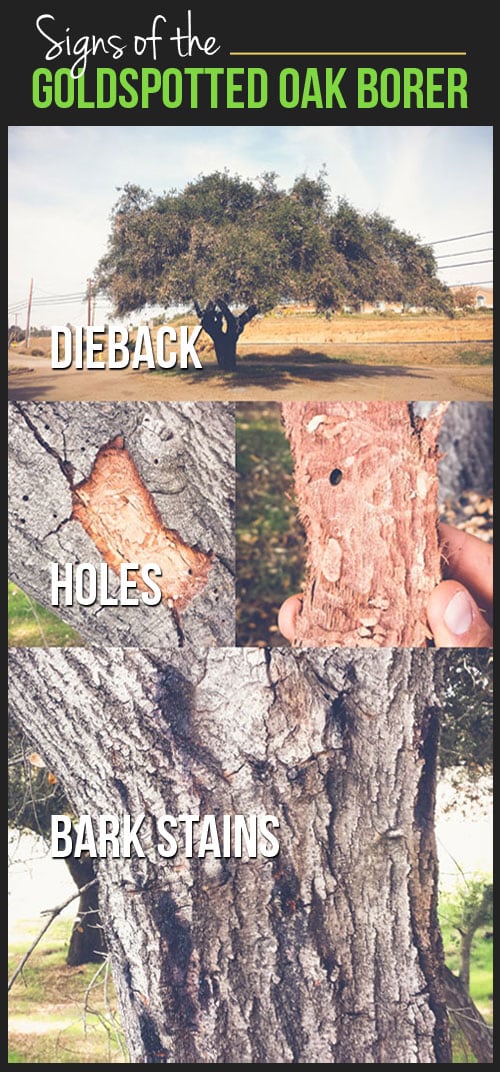Take Notice Of Essential Indicators That May Reveal Your Tree Is Dangerous; Being Notified About These Can Aid Protect Your Home And Enjoyed Ones.What Should You Check For Following?
Take Notice Of Essential Indicators That May Reveal Your Tree Is Dangerous; Being Notified About These Can Aid Protect Your Home And Enjoyed Ones.What Should You Check For Following?
Blog Article
Content Create By-Troelsen Skovsgaard
When it pertains to tree care, acknowledging the signs that it's time for removal is crucial for your security and residential property. You may observe tarnished fallen leaves, wilting branches, or weird fungal growths showing health problems. Architectural concerns, like a considerable lean or cracks in the trunk, can likewise present risks. Comprehending these indication can help you make notified choices concerning your trees and protect against prospective threats hiding in your yard. What should you try to find following?
Indicators of Degeneration and Condition
When you notice indications of decay and condition in your trees, it's critical to act quickly. Look for discolored fallen leaves, wilting branches, or unusual growths like fungus. These can suggest that your tree is having a hard time.
If you see fractures in the bark or soft, mushy wood, these signs recommend interior decay. Furthermore, a sudden boost in pests around your tree can signify that it's deteriorated and at risk.
Check for any kind of dead or passing away arm or legs, as they pose a threat to your home and safety and security. If Trimly Boot Tree concerning what you see, seeking advice from an arborist can provide clarity.
Dealing with these indications early can save you from extra substantial damages and guarantee the health of your yard. Do not wait until it's too late.
Structural Instability and Leaning
As you observe your trees, keep an eye out for any type of indications of structural instability or leaning. If a tree leans significantly, it might indicate that the root system is endangered.
Try to find any cracks in the trunk or soil around the base; these can indicate prospective failure. Furthermore, look for uncommon growth patterns, like a lopsided crown, which may recommend that the tree is struggling to hold itself upright.
If you observe that the tree leans toward your home, high-voltage line, or various other structures, it postures a greater risk. Do not neglect How To Prune Guava Tree -- speak with an arborist to analyze the situation.
Doing something about it early can avoid expensive damages and guarantee your safety.
Dead or Dying Branches and Foliage
If you see dead or passing away branches and foliage on your tree, it's a clear sign that something's wrong.
These unhealthy locations can show underlying issues like illness, parasite infestations, or environmental stress. When branches shed their fallen leaves or transform brownish, they're no longer adding to the tree's wellness. Ignoring these signs can lead to further decrease, making your tree more unsafe.
Dead branches can conveniently break short during tornados, posing a threat to property and people nearby. It's vital to examine the level of the damage.
If the problem impacts a considerable part of the tree, take into consideration speaking with a specialist. They can assist establish if removal is essential to make certain safety and security and preserve the charm of your landscape.
Verdict
If you observe any type of signs of degeneration, structural instability, or dead branches on your trees, do not overlook them. These indicators can posture severe security risks to you and your property. It's always best to get in touch with an expert arborist who can supply a specialist assessment of your trees. Acting early can prevent crashes and expensive damage, guaranteeing your landscape stays safe and healthy and balanced. Bear in mind, it's far better to be aggressive regarding tree care than to wait on a catastrophe to take place.
